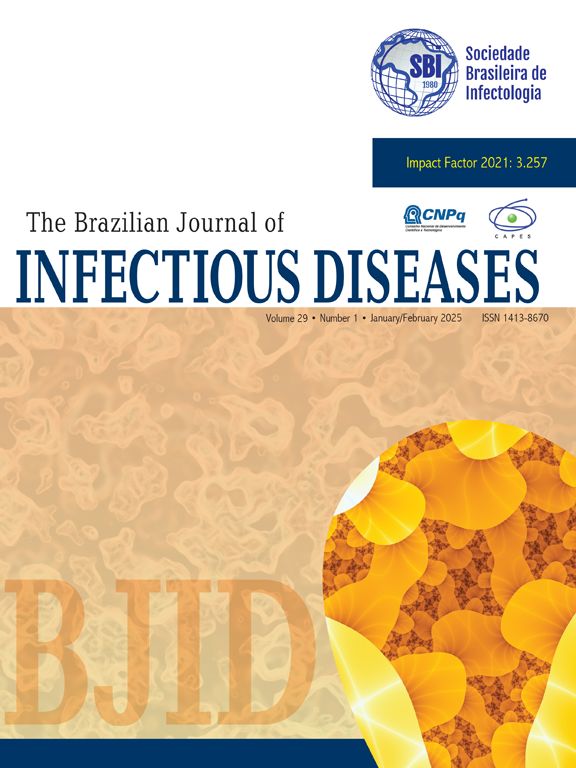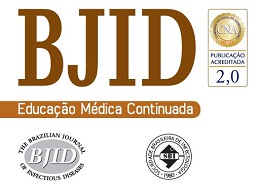A cross-sectional study was conducted in 151 (71.6%) of 211 male inmates of a regional Portuguese prison in order to establish the seroprevalence for viral hepatitis (HAV, HBV, HCV), human immunodeficiency virus (HIV), syphilis and herpes simplex virus (HSV-1 and HSV-2) and to analyze some psychosocial and criminal characteristics. Mean age was 34 years. Anti-HAV was positive in 69.5% (n=105) and in 34.4% (n=52) for anti-HCV. One (0.7%) person had HBsAg and 29 (19.2%) had laboratory markers of past HBV infection. Non-immune inmates for HBV were 40.4% (n=61). Syphilis was diagnosed in 6.0% (n=9). The rate of HIV infection was 6.6% (n=10; all HIV-1). The seropositivity of HSV-2 was 19.9% (n=30) and of HSV-1 was 82.1% (n=124). Alcohol dependence was reported by 26.5% (n=40). Excluding tobacco and prescription medication, 73.5% (n=111) reported drug use in prison. The most commonly used drugs were: cannabis (100%; n=111) followed by heroin (56.7%; n=63). Anti-HCV rate was noteworthy. The HIV infection rate (6.6%) in this regional prison is at least 13 to 22 times greater than in general population. As the inmate return to the community increases the risk of disease exposure for the general population, early detection and counseling is urgently needed for prisoners.
The Impact Factor measures the average number of citations received in a particular year by papers published in the journal during the two preceding years.
© Clarivate Analytics, Journal Citation Reports 2025
SRJ is a prestige metric based on the idea that not all citations are the same. SJR uses a similar algorithm as the Google page rank; it provides a quantitative and qualitative measure of the journal's impact.
See moreSNIP measures contextual citation impact by wighting citations based on the total number of citations in a subject field.
See more



